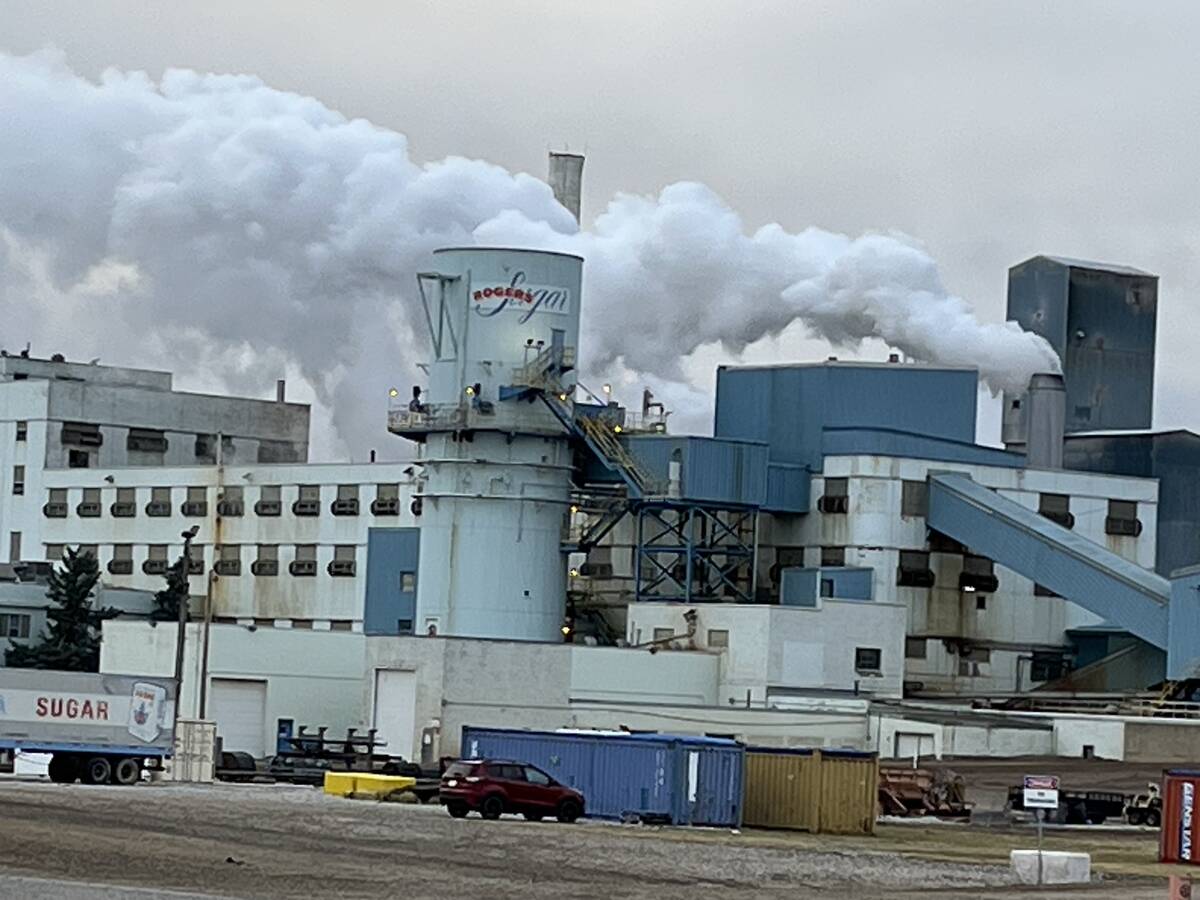Editor’s note: In addition to being an agricultural reporter, Ron Lyseng has built and raced cars for more than 40 years.
BRANDON — Although Ford flathead V8s lost whatever performance advantage they may have had over other engines in the 1930s, folks still love to modify and race them.
At an amazing speed of 302.204 m.p.h., a car powered by a supercharged 700 horsepower Ford flathead V8 holds the land speed record for its class at Bonnyville salt flats. The car was developed and driven by Ron Main of Chatsworth, California.
Read Also

Sugar beet harvest underway in southern Alberta
Alberta Sugar Beet Growers hosts field tour to educate the public on the intricacies of the crop, its harvest process, and contracts with Lantic Sugar
A highly modified 1953 8N tractor powered by a 300 h.p. flathead broke the tractor class record in 2016 by running 101.1691 m.p.h. The tractor was modified and driven by Jack Donahue, a retired NASCAR driver and builder.
Henry Ford commissioned 10 flathead powered Indy 500 cars in 1935, two years after the V8 had been introduced. These unique racers put the engine backward in front of the driver, so the flywheel faced the front of the car. The car was front-wheel drive, so the output end of the gearbox connected directly to the front differential. With no driveshaft to contend with, the driver was able to sit lower in the chassis.
The cars had four-wheel independent suspension, another first for the period. The cars were rushed into production and therefore did not do well in the 1935 race. 1947 was the last year one of Ford’s flathead cars entered the 500. Their highest finish in 12 years was fourth place.
Many of the Canadian-built flatheads through the 1930s and 1940s had aluminum heads, while their American counterparts had cast iron units. This may have been because Canada was a major manufacturer of aluminum, which may have been cheaper than iron.
Most other V-configuration engines of the day had overhead valves, so they channelled the exhaust from the combustion chamber straight out to the manifold. However, the flathead design forced Ford to channel the exhaust through the engine block before it reached the manifold. As a result, the exhaust ports ran directly adjacent to the combustion chamber and the liquid coolant. Overheating was a problem that aluminum might have improved.
Whatever the reason, Canadian-built heads were highly prized by American performance people. You could mill them for more compression, making them comparable to the more costly aftermarket aluminum heads. From the beginning in 1932 and continuing to today, numerous companies such as Offenhauser offer speed equipment for these engines. One of the most popular sets is the aluminum head with cooling fins, twin sparkplugs and Stromberg carburetors.
Although the flathead design had been declared obsolete by virtually everyone by 1950, the little Ford engines were still being installed in Simca military trucks in France in 1990. A Detroit machinist who worked on flatheads as a hobby got wind of a shipment of new flathead engines sitting in France. Mark Kirby snapped them up, brought them back to North America and sold them almost immediately.
Realizing what a big demand there was for the little V8s, Kirby began the long process of figuring out the complex technology Ford engineers had cooked up in the early 1930s to pour the iron blocks. With help from other enthusiasts, Kirby re-engineered the engine. Along the way, he incorporated solutions to most of the problems inherent in the original engines.
The new engine has bigger valves, pressed-in valve guides, a modern lifter, a stronger bottom end with larger webs, a bigger water pump and a bell housing designed to accept a variety of different transmissions. Kirby said a hot street version should put out 300 h.p. with 375 foot pounds torque.
There’s no official price yet, but it’s anticipated that Motor City Speed Equipment at Dundee, Michigan, will be selling a complete Kirby Ford flathead V8 for about US$12,000. This price will include finned aluminum heads and a high-rise intake manifold. Unfortunately, the exhaust ports are still internal.















